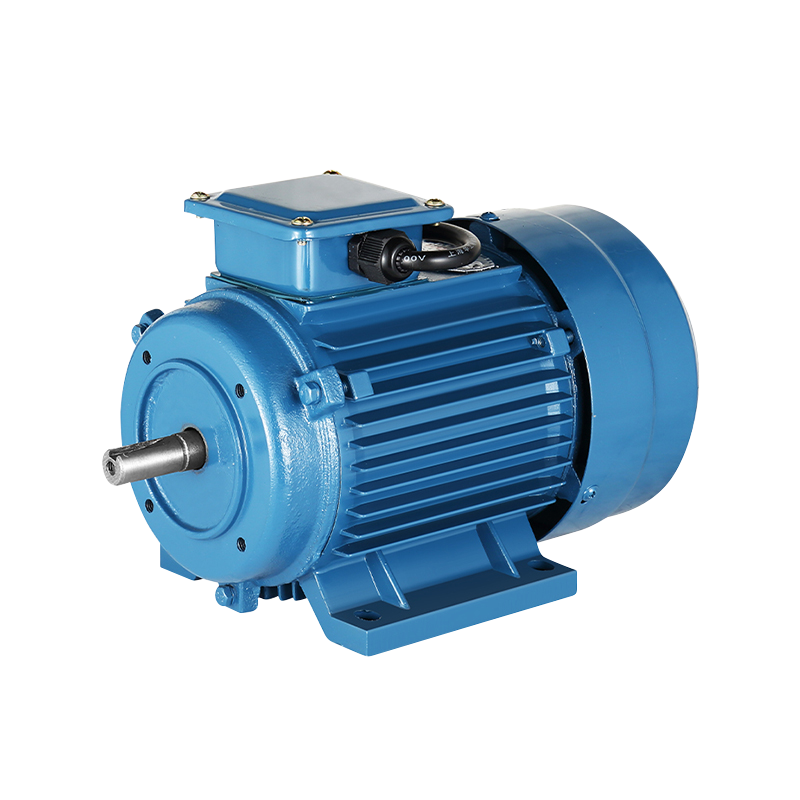The Role of Manual Punch Press in Rapid Prototyping and Development
Sale Custom Small Manual Punch Press Manufacturers
In the fast-paced world of product development, the Manual Punch Press stands as a versatile and indispensable tool. Its ability to shape, cut, and form materials with precision has made it a cornerstone in rapid prototyping and development processes. This article delves into the pivotal role that the Sale Manual Punch Press plays in the creation of prototypes and the acceleration of product development cycles.
The Manual Punch Press is a mechanical device used for punching holes in various materials, including sheet metal, plastic, and other thin materials. Its manual operation allows for greater control and precision, which is crucial in the early stages of product design. It is particularly valuable in rapid prototyping because it can quickly produce parts without the need for complex tooling or machinery, thus reducing processing times and costs.
One of the primary advantages of using a Manual Punch Press in prototyping is its flexibility. Unlike automated systems, it can be easily adjusted to accommodate different materials and thicknesses, making it ideal for creating a variety of prototypes. This flexibility is further enhanced by its ability to produce custom shapes and sizes, which is essential for testing different design iterations.
The precision offered by a Manual Punch Press is another significant advantage in rapid prototyping. With the ability to control the force and direction of the punch, designers can ensure that the prototypes are as close to the final product as possible. This level of control is crucial for identifying any design flaws early in the development process, saving time and resources that would otherwise be spent on reworking designs.
The cost-effectiveness of the Manual Punch Press cannot be overstated. In comparison to automated systems, they require less initial investment and ongoing maintenance. This affordability makes it an attractive option for startups and small businesses that may not have the budget for more expensive prototyping equipment. Additionally, its low operational costs contribute to overall cost savings in the prototyping process.
The Manual Punch Press also plays a role in sustainable prototyping practices. By using one, manufacturers can reduce waste by precisely cutting materials to the required dimensions, reducing offcuts. This not only reduces material costs but also aligns with the growing emphasis on sustainability in product development.
The Manual Punch Press is not limited to a single industry; its applications span across automotive, aerospace, electronics, and consumer goods, among others. In each of these sectors, the Punch Press Manufacturers is relied upon to create prototypes that can withstand rigorous testing and provide valuable feedback for product refinement.
Despite its many advantages, the Manual Punch Press does present some challenges, particularly in terms of operator skill and physical demands. However, with proper training and the implementation of ergonomic designs, these challenges can be mitigated. Additionally, the development of assistive technologies, such as hydraulic and pneumatic systems, can reduce the physical strain on operators while maintaining the precision and control of manual operation.
As we look to the future, the Manual Punch Press is set to continue its evolution. Innovations in materials and manufacturing processes will likely result in the development of a more advanced Custom Small Punch Press capable of handling a wider range of materials and applications.
The Manual Punch Press is a testament to the enduring value of manual tools in an increasingly automated world. Its role in rapid prototyping and development is as vital as ever, offering a blend of precision, flexibility, and cost-effectiveness that is unmatched by many automated systems. As technology continues to advance, the Manual Punch Press will undoubtedly adapt, ensuring its place as a key component in the future of product development.
-
Feedback

 English
English 中文简体
中文简体






